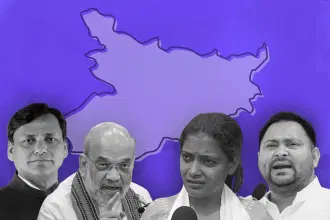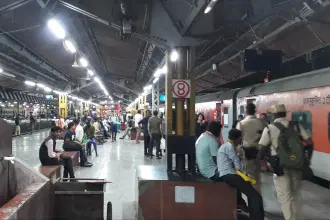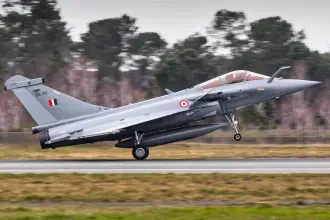Culture
'India’s Toy Story': What PM Modi's Independence Day Reference Is All About
S Rajesh
Aug 15, 2024, 12:45 PM | Updated 12:44 PM IST
Save & read from anywhere!
Bookmark stories for easy access on any device or the Swarajya app.
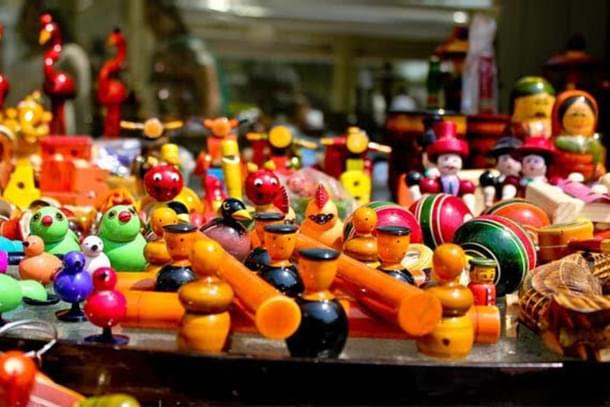
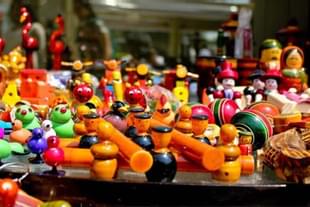
In his Independence Day address, Prime Minister Narendra Modi said that earlier, our own people used to speak of India in low terms, saying that even toys were coming from outside, but things have changed now and Indian toys are doing well in the global market.
While the remark about toys was a short one, it is significant as the Indian toy-making industry is a ‘Make in India’ success.
A look at the numbers shows the magnitude of the achievement. Imports decreased by 52 per cent from $332.55 million in FY 2014-15 to $158.7 million in FY 2022-23. During the same period, exports increased from $96.17 million to $325.72 million.
During an international toy fair held in Germany’s Nuremburg this February, Indian toy makers received orders worth $10 million.
The government has taken several steps, including coming up with a national action plan, setting up toy-making clusters, bringing in high-quality standards, and increasing import duties on foreign toys and their components.
The Vishwakarma scheme, launched to support craftsmen and artisans through credit support, skill training, and grants for the purchase of tools, has recognised toy making as one of the traditional trades.
However, the success goes beyond numbers.
The export of Indian toys has also helped create more awareness of the country’s culture, its value systems, and its epics like the Ramayana and Mahabharata. Indian children living abroad also get a taste of the culture of their motherland.
The 'toy story' has given impetus to traditional toys from across the country, be it the famous Channapatna stacking dolls, Kondapalli toys reflecting rural life, or the humble lattu (spinning top). All of them now have a market outside our borders.
S Rajesh is Staff Writer at Swarajya. He tweets @rajesh_srn.

